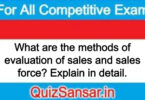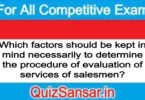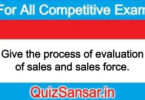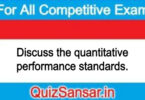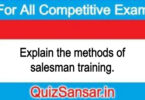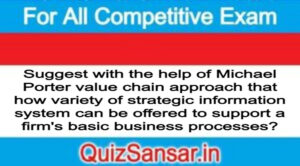
Suggest with the help of Michael Porter value chain approach that how variety of strategic information system can be offered to support a firm’s basic business processes?
Suggest with the help of Michael Porter value chain approach that how variety of strategic information system can be offered to support a firm’s basic business processes?
Ans.
A Strategic Information System (SIS) is a system that helps companies change or otherwise alter their business strategy and/or structure. It is typically utilized to streamline and quicken the reaction time to environmental changes and aid it in achieving a competitive advantage.
Key features of the Strategic Information Systems are the following:
(1) Decision support systems that enable to develop a strategic approach to align Information Systems (IS) or Information Technologies (IT) with an organization’s business strategies.
(2) Primarily Enterprise resource planning solutions that integrate/link the business processes to meet the enterprise objectives for the optimization of the enterprise resources.
(3) Database systems with the “data mining” capabilities to make the best use of available corporate information for marketing, production, promotion and innovation. The SIS systems also facilitate identification of the data collection strategies to help optimize database marketing opportunities.
(4) The real-time information Systems that intend to maintain a rapid-response and the quality indicators.
The performance of the system can be measured by two factors, viz., the efficiency and the effectiveness. The efficiency indicates the manner in which the inputs are used by the system. Being efficient means the system uses inputs in a ‘right’ way. If the input-output ratio is adverse, we say that the system is inefficient though it produces the desired output.
The effectiveness is the measure for deciding whether the system provides the desired output or not. Being effective means producing the right output in terms of quantity and quality. When the system is ineffective, the system is out of control and it needs a major correction.
A system has to be effective and efficient for the highest utility to the user of the system. Broadly speaking, the effectiveness is a measure of the goodness of the output, while the efficiency is a measure of the productivity, i.e., the measure of the output against the input.
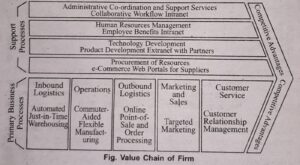
The value chain concept was developed by Michael-Porter and shown in figure ahead. It views a firm as a series, chain or network of basic activities that add value to its products and services and thus add a margin of value both to the firm and its customers. In the value chain conceptual framework, some business activities are primary processes; others are support processes. This framework can highlight where competitive strategies can best be applied in a business. That is, managers and business professionals should try to develop a variety of strategic uses of Internet and other technologies for those basic processes that add the most value to a company’s products or services and thus to the overall business value of the company.
For example, the figure shows that collaborative workflow intranets can increase the communications and collaboration needed to dramatically improve administrative co-ordination and support services. An employee benefits intranet can help the human resources management function provides employees with easy self-service access to their benefits information. Extranets enable a company and its global business partners to use the Web to jointly design products and processes. Finally, e-commerce Web portals can dramatically improve procurement of resources by providing online marketplaces for a firm’s suppliers.
Automated just-in-time warehousing systems to support inbound logistic processes involving storage of inventory, Computer Aided Flexible Manufacturing (CAM) systems for manufacturing operations and online point-of-sale and order processing systems to improve outbound logistics processes that process customer orders. Information systems can also support marketing and sales processes by developing an interactive targeted marketing capability on the Internet and the Web. Finally, customer service can be dramatically improved by a co-ordinated and integrated customer relationship management system.
Thus, the value chain concept can help identify where and how to apply the strategic capabilities of information technology. It shows how various types of information technologies might be applied to specific business processes to help firm gain competitive advantages in the marketplace.


